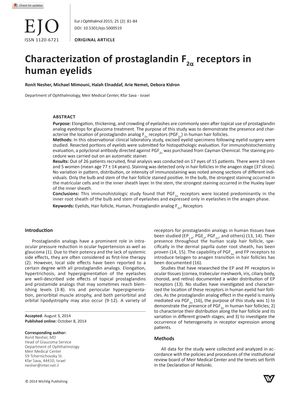TLDR PGF<sub>2α</sub> receptors in human eyelids are found in specific parts of hair follicles, explaining eyelash changes with glaucoma treatment.
This study aimed to identify and characterize the location of prostaglandin F<sub>2α</sub> (PGF<sub>2α</sub>) receptors in human hair follicles, particularly in the context of eyelash changes observed with glaucoma treatment. Using immunohistochemistry on eyelid specimens from 15 patients (10 men, 5 women, mean age 77 ± 14 years), the researchers found that PGF<sub>2α</sub> receptors were present exclusively in the anagen phase hair follicles. The receptors were predominantly located in the inner root sheath of the bulb and stem, with the strongest staining in the matricular cells and inner sheath layer of the bulb, and the Huxley layer of the inner sheath in the stem. This suggests that the elongation, thickening, and crowding of eyelashes seen with prostaglandin analog use may be due to the presence of these receptors in specific parts of the hair follicle.
3 citations
,
January 2014 in “Ophthalmic plastic and reconstructive surgery” Removing part of the eyelid usually doesn't change the number of eyelashes.
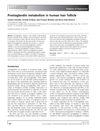 65 citations
,
August 2007 in “Experimental Dermatology”
65 citations
,
August 2007 in “Experimental Dermatology” Human hair follicles can make and process prostaglandins, which may affect hair growth.
103 citations
,
April 2005 in “Experimental dermatology” Prostaglandin F2alpha and related compounds can increase hair growth and darken hair in mice.
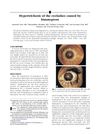 65 citations
,
November 2004 in “Journal of the American Academy of Dermatology”
65 citations
,
November 2004 in “Journal of the American Academy of Dermatology” Bimatoprost can cause excessive eyelash growth.
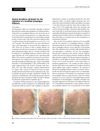 22 citations
,
September 2004 in “Journal of The European Academy of Dermatology and Venereology”
22 citations
,
September 2004 in “Journal of The European Academy of Dermatology and Venereology” Bimatoprost can cause longer, thicker, darker eyelashes and eyebrows.
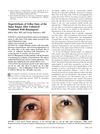 23 citations
,
April 2004 in “American Journal of Ophthalmology”
23 citations
,
April 2004 in “American Journal of Ophthalmology” Using bimatoprost on one side of the face caused increased cheek hair growth in a patient.
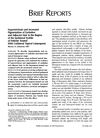 216 citations
,
October 1997 in “American Journal of Ophthalmology”
216 citations
,
October 1997 in “American Journal of Ophthalmology” Using the eye pressure medication latanoprost can cause excessive hair growth and darker eyelashes on the treated eye.
69 citations
,
April 2010 in “Clinical ophthalmology” Bimatoprost is effective for growing longer, thicker, and darker eyelashes.
 June 2025 in “Frontiers in Physiology”
June 2025 in “Frontiers in Physiology” Prostaglandin F2α may help treat hair loss by promoting hair growth.

New treatments for hair loss should target eight main causes and use specific plant compounds and peptides for better results.
September 2023 in “Animals” Hair follicle development in cashmere goats involves dynamic changes in proteins and metabolites, with key roles for oxytocin, MAPK, and Ca2+ pathways.
December 2022 in “Molecular Pharmaceutics” Latanoprost-loaded nanotransfersomes could help treat hair loss by promoting hair growth.
